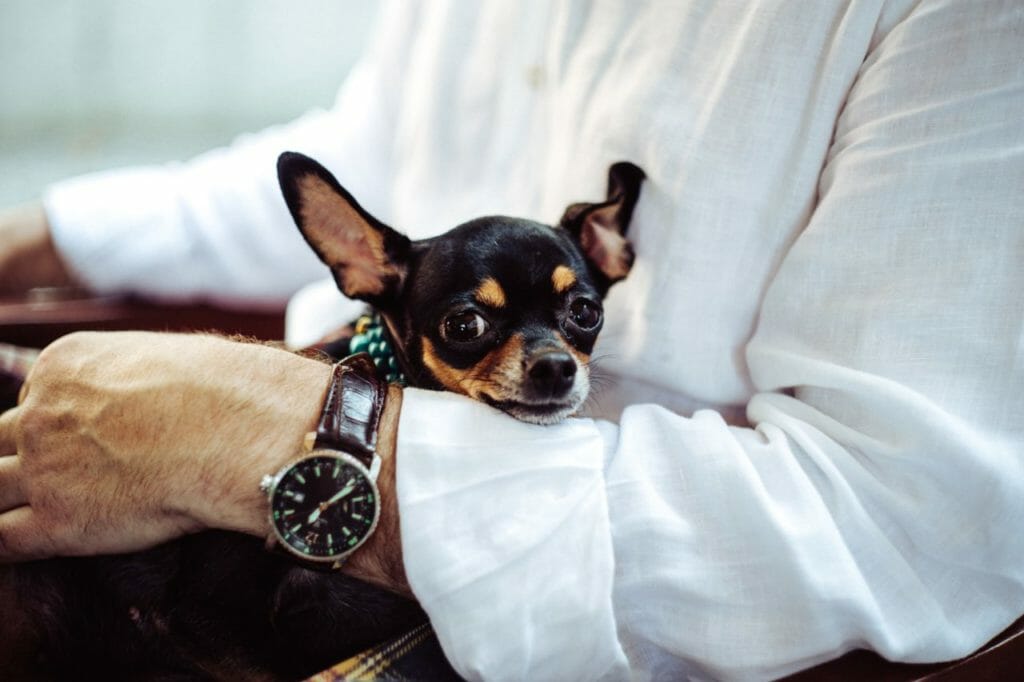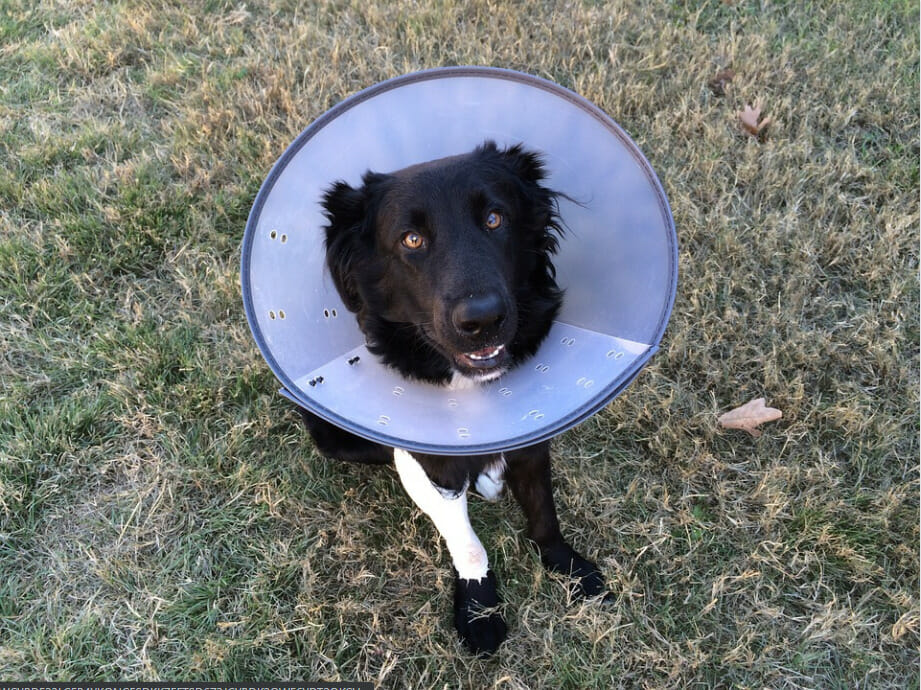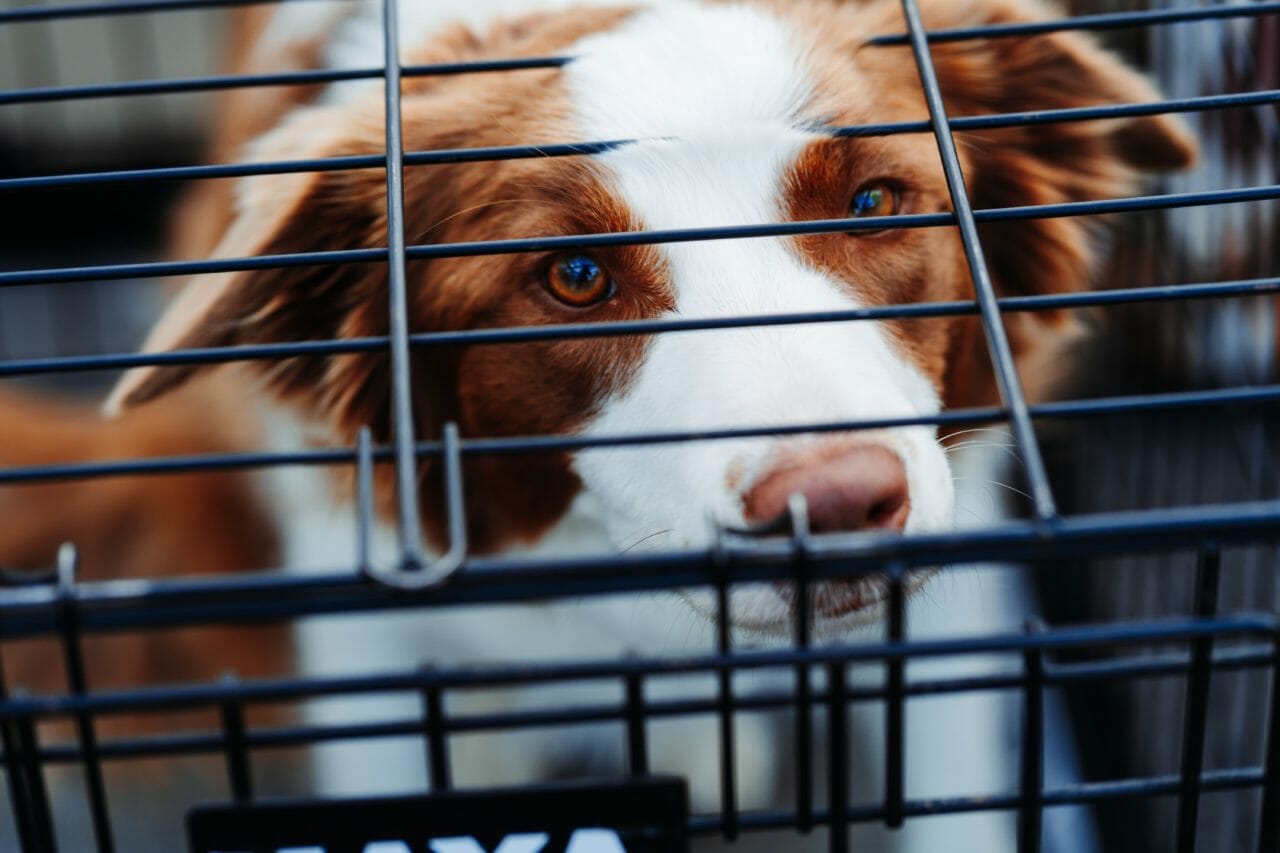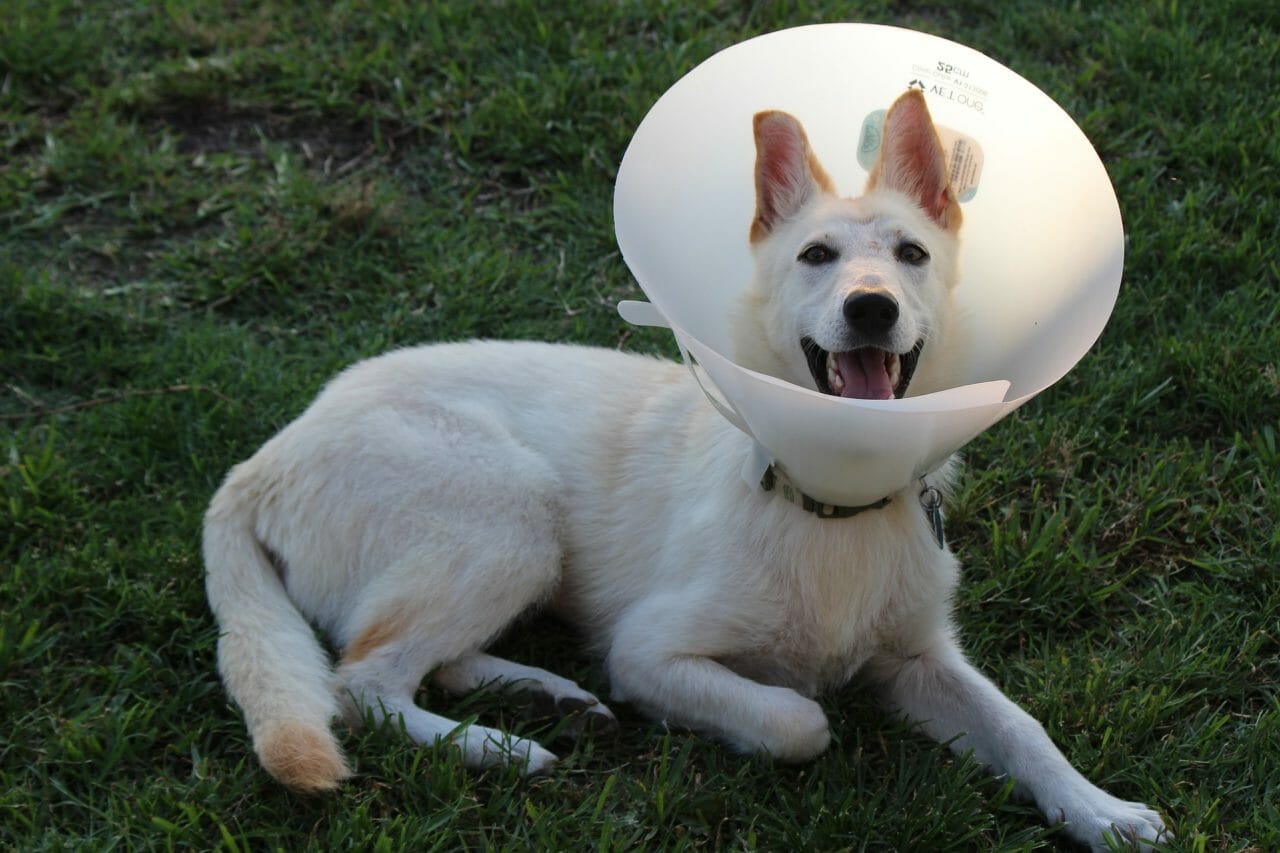Keeping your dog’s failing spleen safe safe
If your veterinarian tells you your dog requires a splenectomy, it can be a confusing time.
But don’t worry — you aren’t alone. While a more common surgery, a splenectomy doesn’t come up much in dog owner conversation.
This article from RehabPet.com covers everything you need to know about a dog splenectomy. You’ll learn what a splenectomy involves, how it can help your dog, and tips to support the recovery process. So let’s dive in.
What Is a Splenectomy?
A splenectomy is the removal of your dog’s spleen. The spleen is a small, forearm-sized organ located in the upper left side of your dog’s abdomen. This organ is attached to the stomach by a large blood vessel called the gastrosplenic ligament.
The spleen has several important functions in dogs:
- As part of the lymphatic system, the spleen helps to filter out bacteria and old, damaged blood cells from the bloodstream.
- The spleen also stores red blood cells and platelets and then releases them into the bloodstream when needed.
- Finally, the spleen produces antibodies that help fight infection.
A splenectomy is typically done as an emergency surgery if your dog has suffered from trauma or if they have a tumor on the spleen that is causing it to bleed.
This procedure typically lasts between 30 minutes and 1 hour and will likely require your dog to stay overnight for observation.
What Issues Require Your Dog’s Spleen To Be Removed?
The most common cause for spleen removal is trauma, such as being hit by a car. When the spleen starts to bleed, your dog can go into hypovolemic shock, which triggers a drop in blood pressure and insufficient blood flow to the organs. If left untreated, hypovolemic shock can be fatal.
Other reasons your dog may require a splenectomy include:
Tumors
Both cancerous and non-cancerous tumors can form on the spleen.
While benign tumors are not usually life-threatening, they can cause the spleen to bleed or rupture. Cancerous tumors can also spread to other organs, so it is important to have them removed as soon as possible.
Splenic Torsion
The spleen can twist on itself and cut off its own blood supply.
While splenic torsion can happen to any dog, it occurs more frequently in large breeds with deep chests, such as Great Danes and German Shepherds. If not treated quickly, splenic torsion can be fatal.
Infection
A severe infection in the spleen can cause the organ to rupture or bleed. Infections are usually the result of a bacterial infection.
What Are the Signs of a Damaged Spleen in Your Dog?
While you can’t physically see your dog’s spleen, there are a few telling signs that your dog will show that will tell you something is affecting their spleen.
These include:
- Constantly wanting to rest and sleep
- A swollen stomach or bloated look to your dog
- Anaemia (this is a condition when the inside of your dog’s mouth or eyes go pale where it should usually be pink)
- Little to no food consumption
- Weakness or possibly collapsing
- Vomiting
If your dog is showing any of these signs, book a vet appointment right away.
How Is a Splenectomy Performed?
A splenectomy is typically an emergency surgery, which means there isn’t time for much pre-operative planning. However, your dog will still need to have a few tests done beforehand to make sure they are healthy enough for surgery.
These include:
- A physical examination
- Blood work
- X-rays or an ultrasound
Once your dog is cleared for surgery, they will be given a general anesthetic and placed on their back on the operating table.
The surgeon will make an incision in the abdomen and then remove the spleen. In some cases, a splenectomy can be done laparoscopically, which means that only a few small incisions are made and special instruments are used to remove the spleen. This type of surgery is typically only done if the spleen is not enlarged by the mass.
Once the spleen has been removed, the surgeon will check for any bleeding and then close the incisions with stitches or surgical staples. Your dog will be taken to recovery where professionals will monitor him closely.

What is the Recovery Process Like?
The recovery process from a splenectomy can vary depending on the individual dog and the reason for surgery.
Dogs that have had laparoscopic surgery typically recover more quickly than those who have had prior open abdominal surgeries.
Most dogs stay in the hospital for at least one night after surgery so they can be monitored for any complications. Complications from a splenectomy are uncommon but can include bleeding, infection, and adverse reactions to the anesthesia.
Once your dog is home, they will need to rest and limit their activity for at least two weeks. Here are a few things you should do to help your dog recover faster:
- Ensure they have a quiet place to sleep.
- Provide easy access to food and water.
- Properly administer any medication prescribed by the veterinarian.
- Monitor their incisions for any signs of infection, such as redness, swelling, or discharge.
- Take them back to the vet for follow-up appointments as scheduled.
How much does a splenectomy cost?
The cost of a splenectomy can vary depending on the individual dog and the severity of their condition. In general, the surgery will cost between $1000 and $3000.
It’s important to note that the above amount does not include the cost of pre-operative tests or post-operative care.
How Can I Prevent My Dog from Needing a Splenectomy?
While you can’t always prevent your dog from developing a condition that requires a splenectomy, there are a few things you can do to help keep their spleen healthy:
- Feed them a balanced diet
- Make sure they get regular exercise
- Take them to the vet for annual check-ups
- Monitor them for any changes in behavior or appetite
- Properly train your dog to be safe around roads or other dogs to avoid injures
Closing Thoughts
A dog splenectomy can feel like a serious surgery, but it’s one that can save your dog’s life.
Be sure to talk to your veterinarian about any concerns you have and follow their instructions for post-operative care. With proper care, your dog can make a full recovery and enjoy a long, healthy life.



